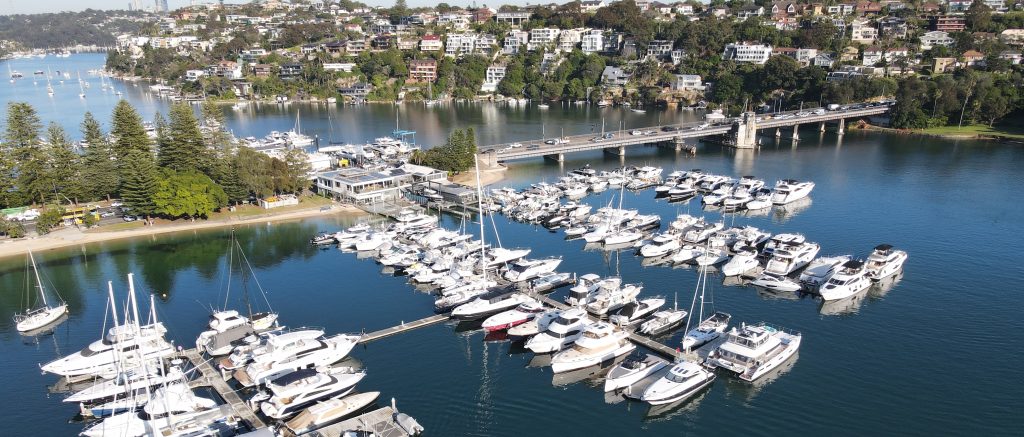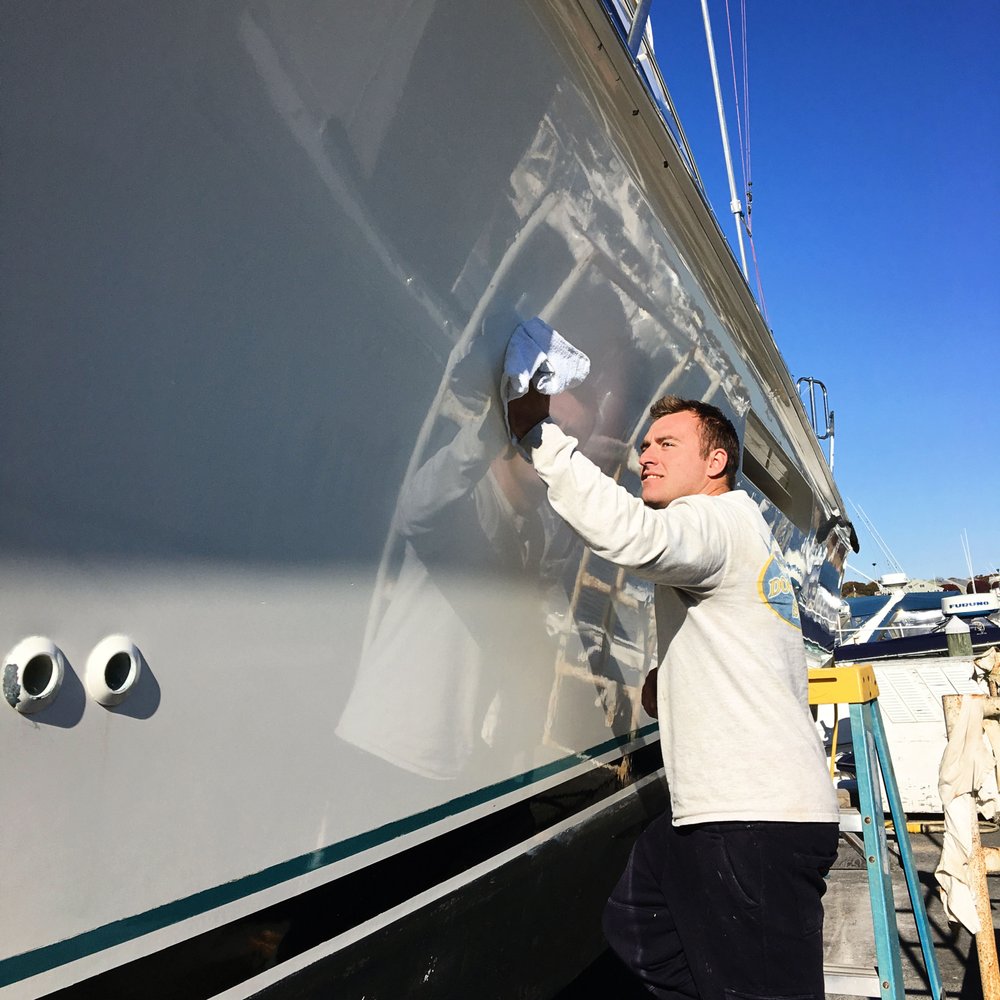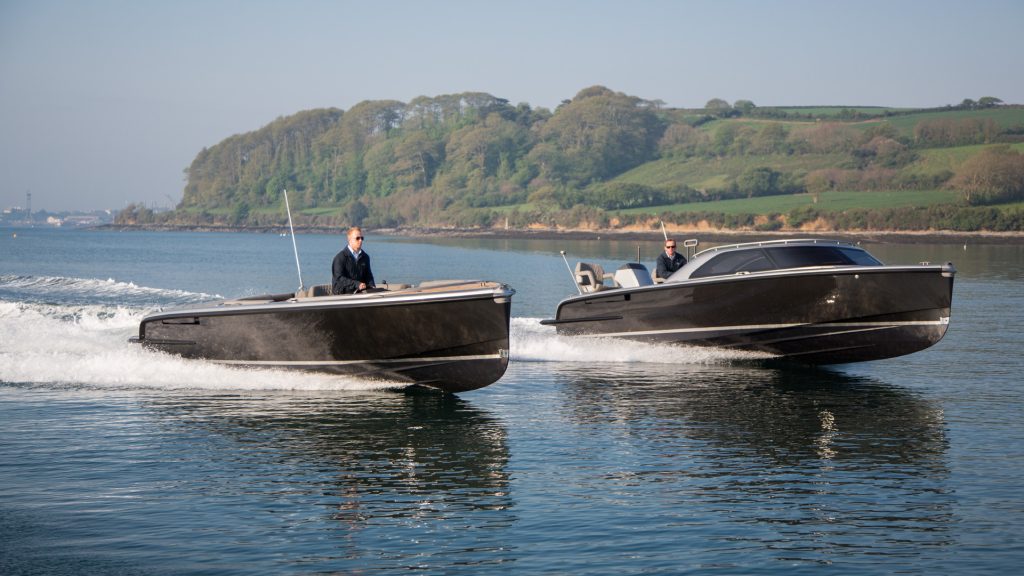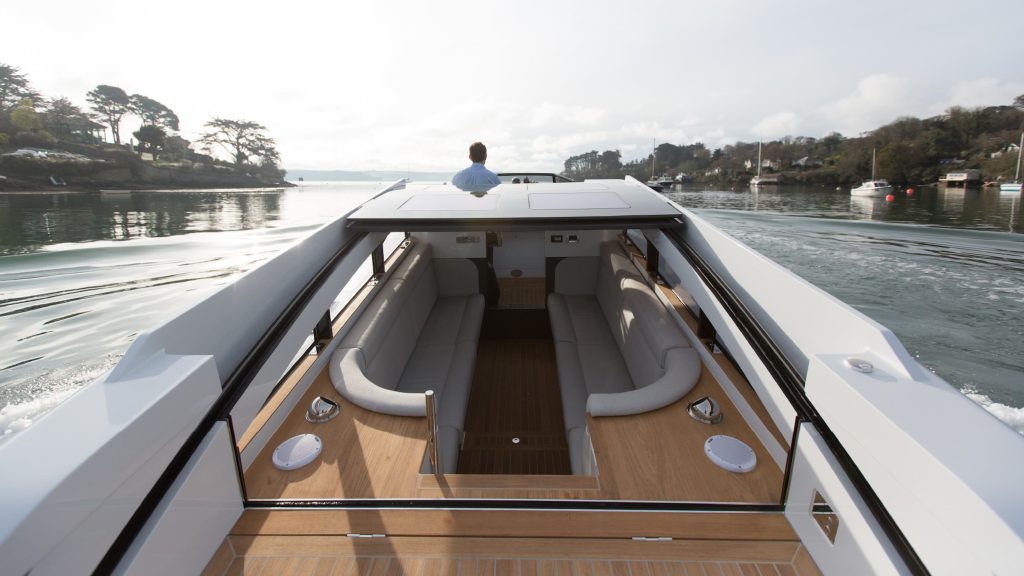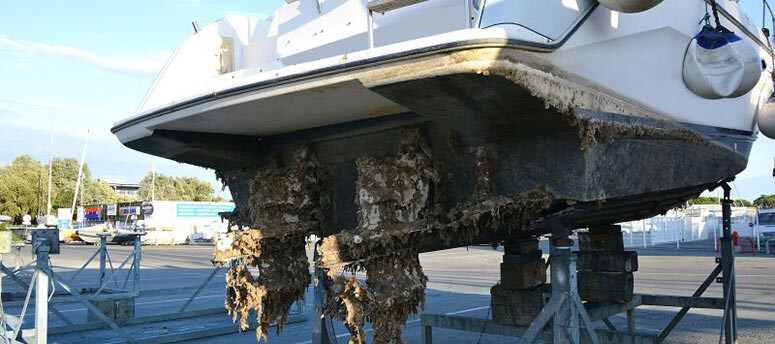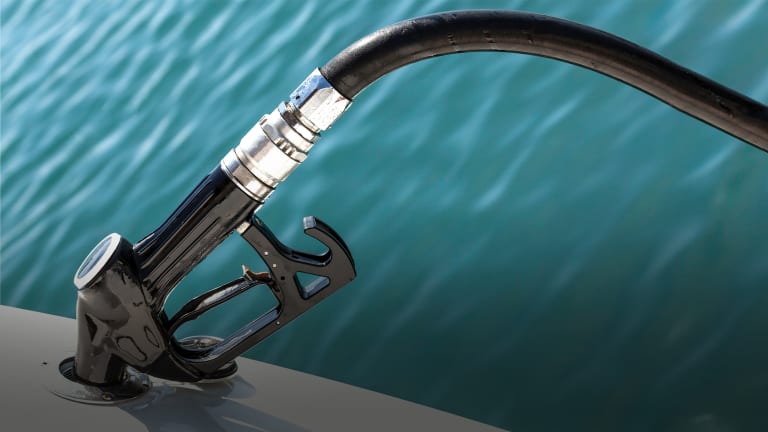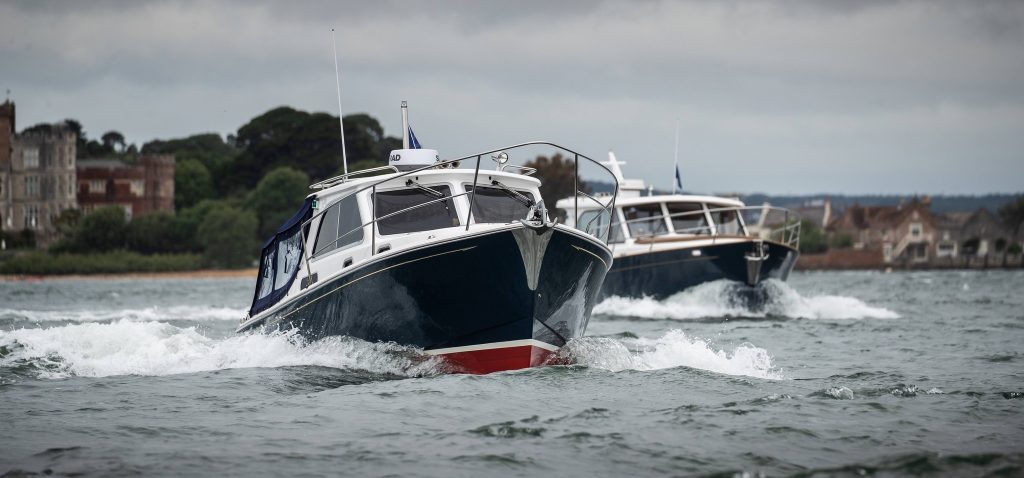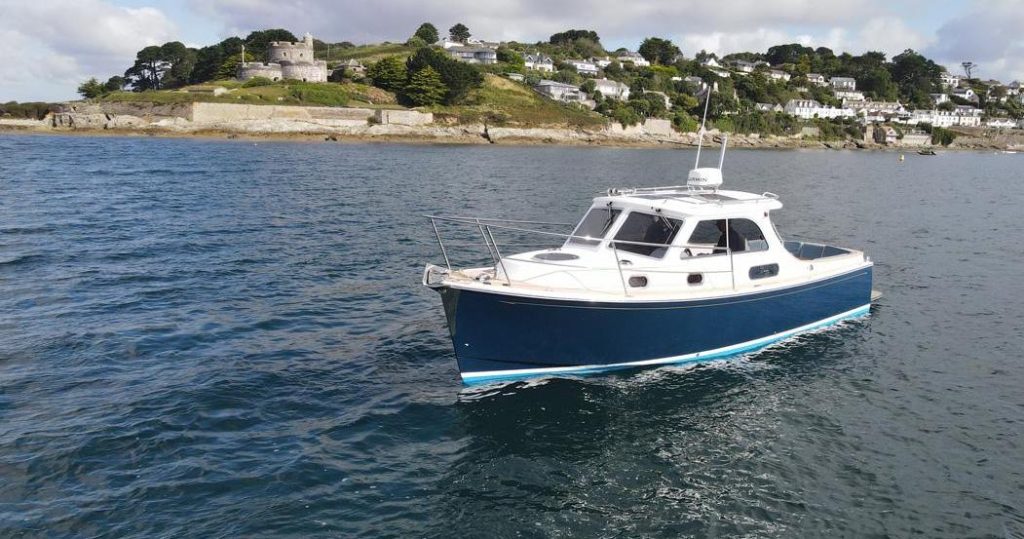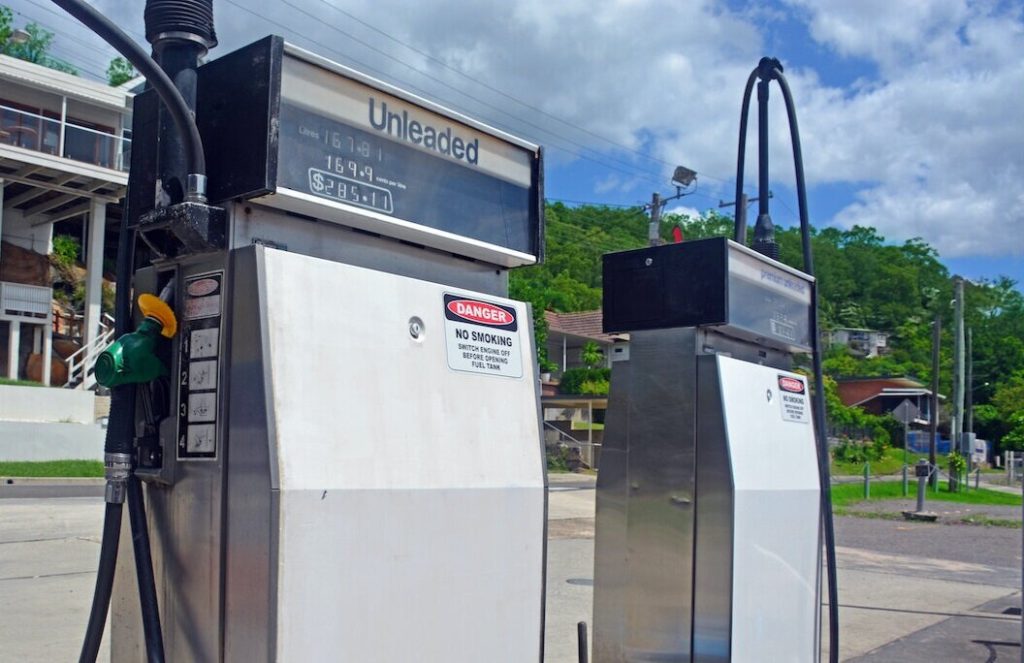What is the difference between wet storage and dry storage?
When it comes to storing your boat, you’ve got two main options: wet storage and dry storage. Wet storage means keeping your boat in the water, like at a marina or in a slip, while dry storage involves storing it on land, either in a covered dry stack or at a boatyard.
Wet Boat Storage
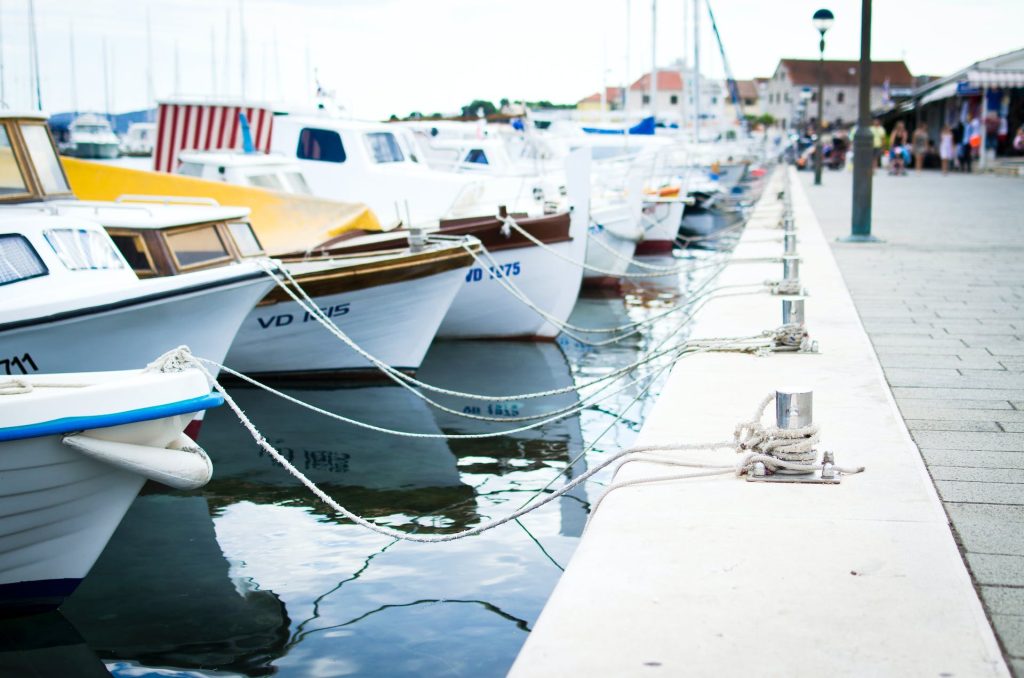
Pros
- Easy Access: Your boat is already in the marina or slip, so you can quickly untie and set sail without the hassle of launching. This is perfect for spontaneous trips or when you’re short on time.
- Social Aspect: Marinas often foster a community among boaters, allowing you to meet like-minded people, share experiences, and participate in events. This enhances your overall boating experience.
Cons
- Corrosion and Wear: Saltwater can cause corrosion and faster wear and tear, making regular maintenance and protective measures necessary.
- Marine Growth: Algae, barnacles, and other marine organisms can attach to the hull, affecting performance and fuel efficiency. Regular cleaning and antifouling treatments are needed.
- Costs and Availability: Mooring fees and maintenance costs can add up. Additionally, finding a good mooring spot can be challenging, especially during busy seasons.
Dry Boat Storage
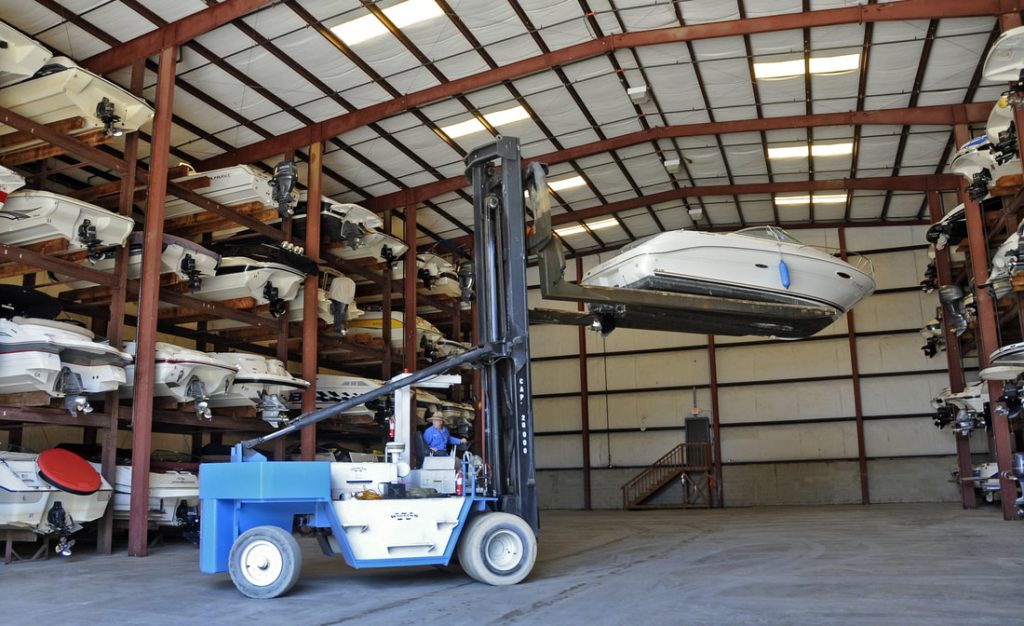
Pros
- Protection from Elements: Dry storage shields your boat from wind, rain, and saltwater, helping to preserve the hull and equipment. It also eliminates the need for antifouling treatments and bottom painting, saving you time and reducing environmental impact.
- Ease of Maintenance: With your boat on land, routine checks, cleaning, and repairs are more convenient. This makes it easier to catch and address issues early, keeping your boat in excellent condition.
Cons
- Launching Hassles: Launching your boat can involve waiting, extra costs, and coordination with staff, which can be inconvenient for spontaneous boating or quick repairs.
- Restricted Access: Some dry storage facilities have limited hours or require advance notice for boat retrieval, further limiting access.
- Initial Costs: The upfront costs for setting up dry storage can be high. It’s important to weigh these factors against the benefits before making a decision.
Factors to Consider When Choosing Between Wet and Dry Boat Storage
- Boat Type and Needs: Consider your boat’s material, size, and propulsion system. Some boats may be better suited for wet or dry storage based on these factors.
- Usage and Seasonality: If you use your boat often and prefer spontaneous outings, wet storage might be more convenient. If you boat less frequently or want to protect it during off-seasons, dry storage could be better.
- Local Climate: Harsh weather or high humidity can affect boats stored outside. Choose a storage option that suits your local climate to prevent damage.
- Budget: Wet storage typically involves ongoing costs, while dry storage requires a higher initial investment. Evaluate long-term costs, including maintenance and repairs, to make a financially sound decision. For some handy boat maintenance tips, check out our article about “How to Maintain a Boat.”
Wet Storage Options
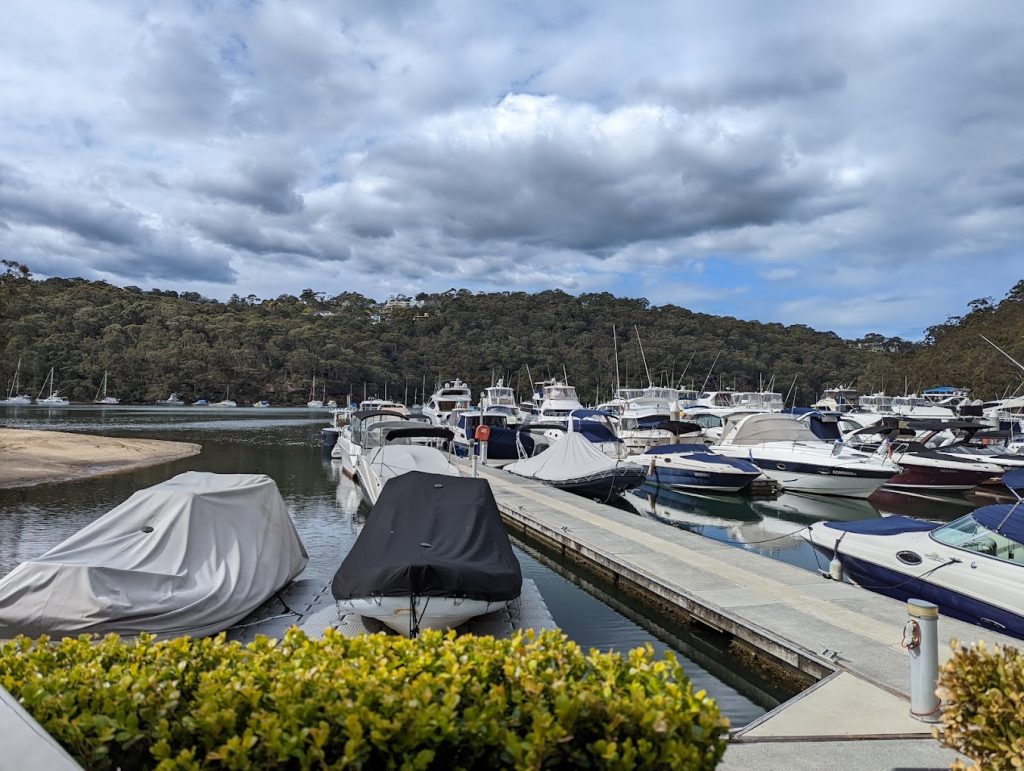
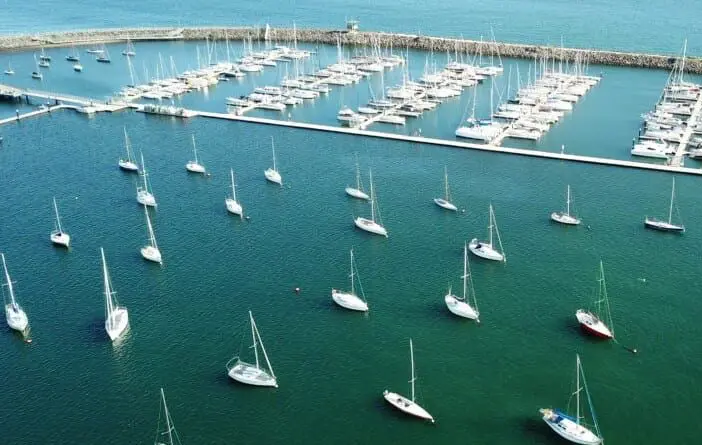
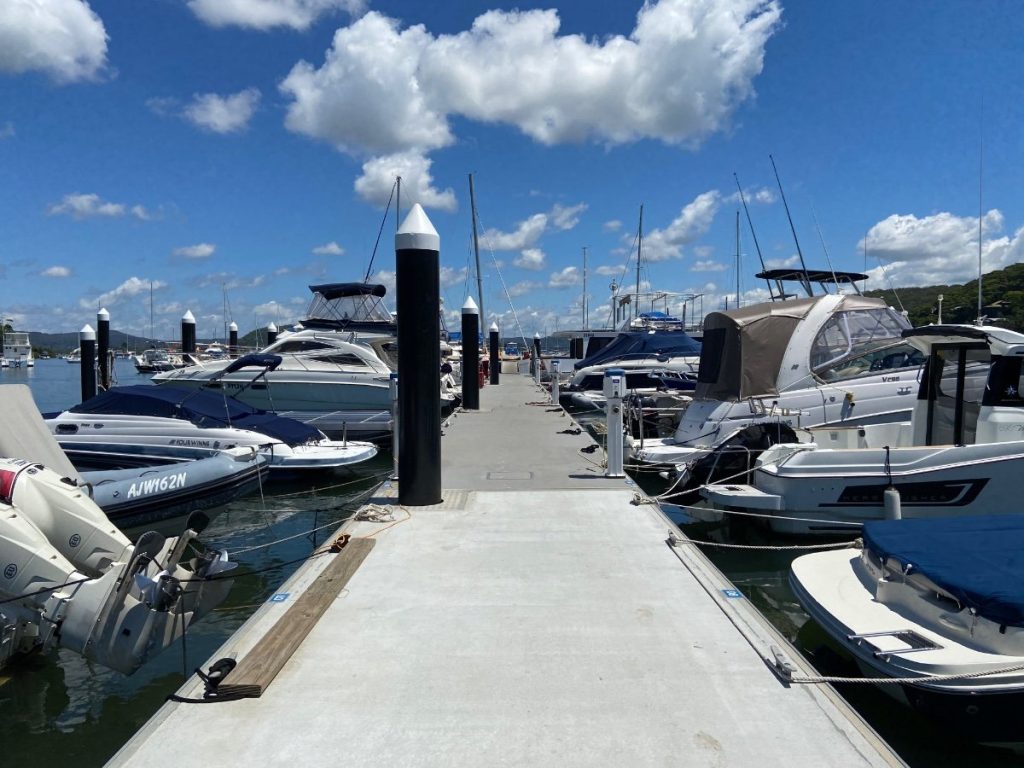
- Marina Berth: Provide easy access to the water, allowing for quick launching and docking.
- Swing Moorings: Floating buoys or anchors in open water offer a more affordable option than marina berths.
Dry Storage Options


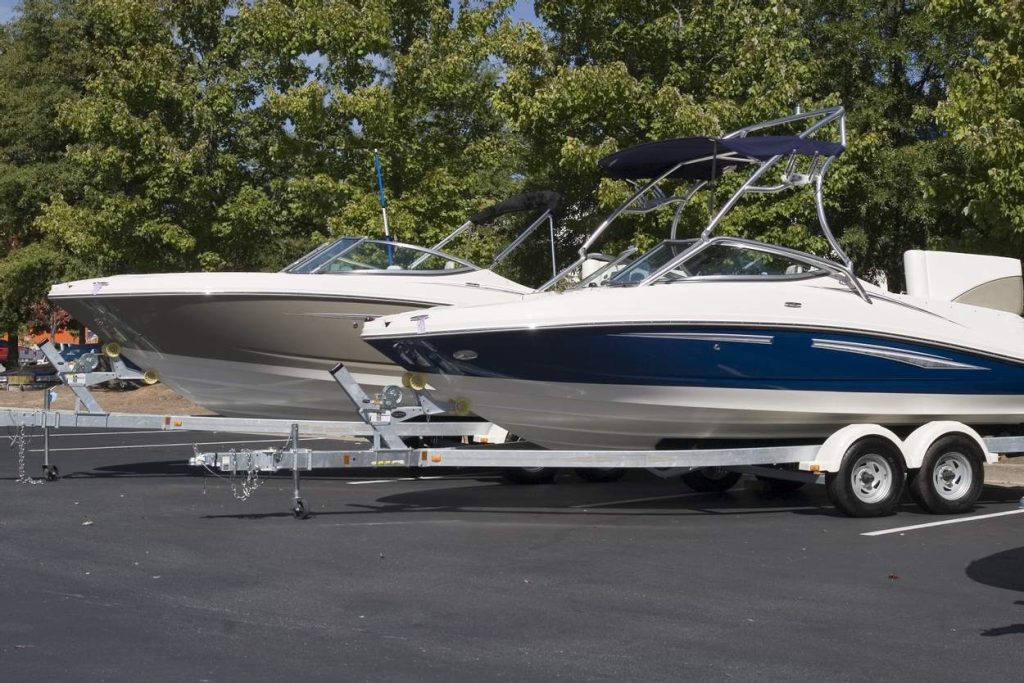
- Dry Stack Storage: Vertical storage in automated racks protects boats from the elements and makes launching easy with forklifts.
- Boatyard Storage: Open-air or covered storage areas on land are good for larger boats and those needing maintenance.
- Trailer Storage: Allows for flexible transportation and seasonal storage, either on your property or at storage yards.
Making the Right Choice for Your Boat Storage Needs
Choosing between wet and dry boat storage is a big decision. Consider factors like convenience, maintenance, cost, and protection to find what fits your boating habits best. Wet storage offers easy access and a social scene, while dry storage provides better protection and can save on maintenance. Keep your budget, location, and storage needs in mind, and ensure regular upkeep to keep your boat in great shape. With the right choice, you’ll enjoy many more boating adventures ahead!
